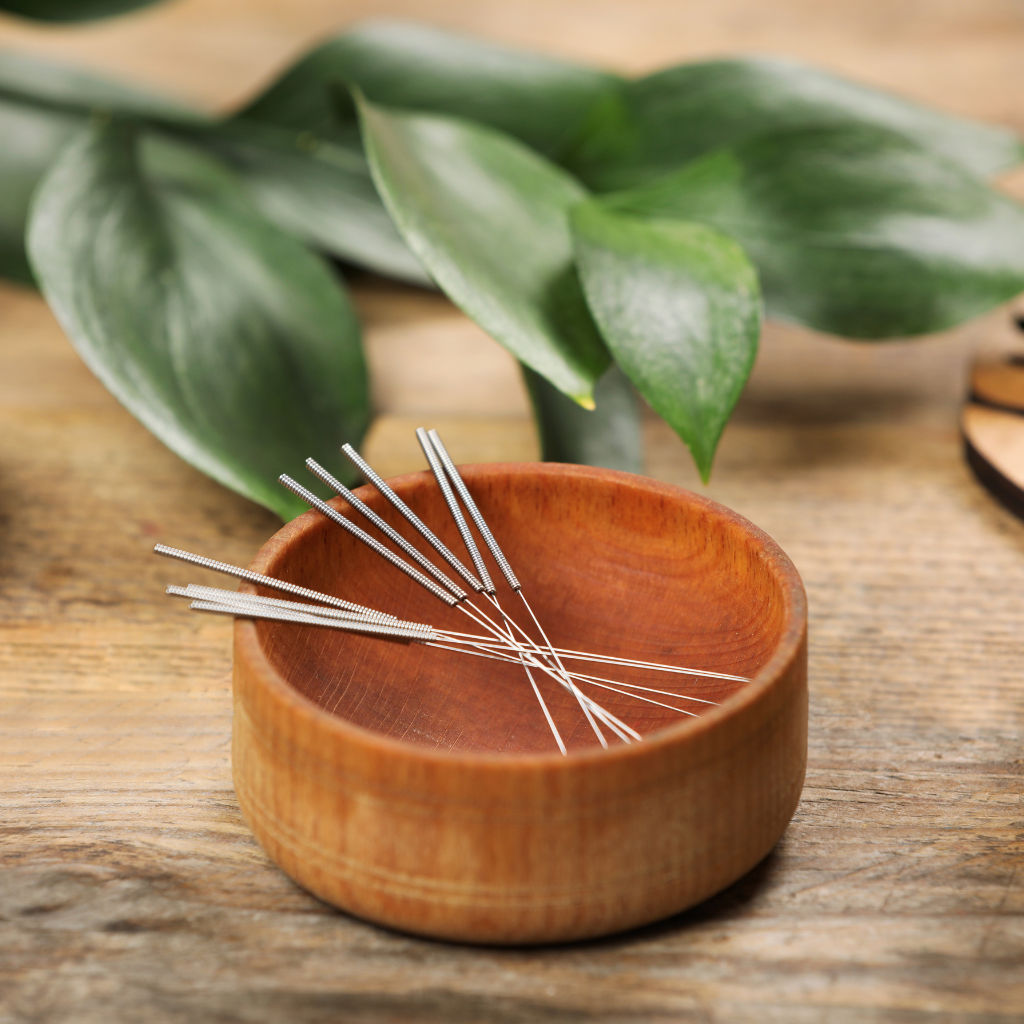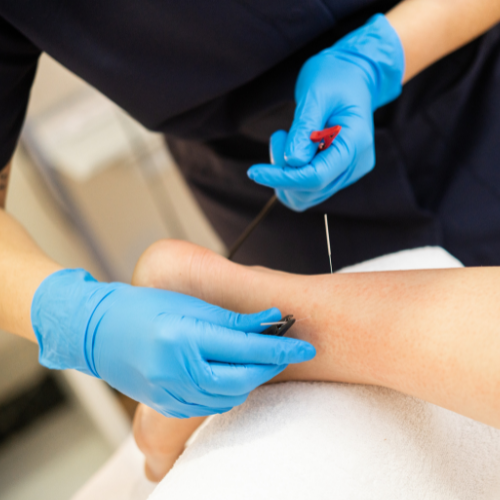Introduction
Welcome to our blog, where we solve puzzles. behind two popular therapeutic techniques: dry needling vs acupuncture. Newcomers to the field of alternative medicine must comprehend the distinctions between these approaches. We will examine the history, methods, and advantages of dry needling vs acupuncture in this thorough guide, highlighting their distinctive features and assisting you in making an educated decision on which may be best for you.

Dry Needling vs Acupuncture
Origins and History
Dry Needling: A Modern Approach to Pain Relief
Dry Needling is a contemporary therapeutic technique rooted in Western medicine. It involves the insertion of thin needles directly into myofascial trigger points to alleviate pain and improve muscle function. Based on anatomical and neurophysiological principles, Dry Needling targets specific muscular tension and discomfort areas.
Acupuncture: Ancient Wisdom from Traditional Chinese Medicine
Conversely, Acupuncture became a part of traditional Chinese medicine about three millennia ago. The foundation of Acupuncture is the concept of restoring equilibrium to Qi, the body’s life force. Using needles involves puncturing specific sites along meridians or energy channels. This traditional practice is deeply rooted in Chinese philosophy and has been used for various health conditions for centuries.

Techniques and Procedures
Dry Needling: Precision in Muscular Therapy
In dry needling, practitioners use thin, solid needles to target trigger points in muscles, tendons, or connective tissues. The goal is to release muscular tension and promote natural healing mechanisms within the body. Unlike acupuncture, which follows specific meridian points, dry needling focuses on the physical aspects of the body, making it an effective method for treating musculoskeletal pain, sports injuries, and chronic conditions like fibromyalgia.
Acupuncture: Balancing Energy Flow
In acupuncture, tiny needles are inserted at strategic points along meridians, which are pathways believed to carry Qi. These spots are stimulated by acupuncturists in an attempt to harmonize the body’s energy flow. Numerous health conditions, including chronic pain, stress, anxiety, sleeplessness, and digestive disorders, are treated with this comprehensive approach. In order to maximize the therapeutic benefits, acupuncture treatments may include other procedures like cupping therapy or moxibustion, which are generally calming.
Conditions Treated
Dry Needling: Targeted Pain Management
Dry Needling is particularly effective for treating musculoskeletal conditions such as:
- Chronic Back Pain: By targeting trigger points in the back muscles, dry needling can provide relief from persistent back pain.
- Sports Injuries: Athletes often turn to Dry Needling to speed up recovery from injuries like strains, sprains, and tendonitis.
- Headaches and Migraines: Certain trigger points in headaches may be caused by muscles in the neck and shoulders.making dry needling a viable option for relief.
Acupuncture: Holistic Healing
It is well recognized that acupuncture may successfully treat a wide range of illnesses, including:
- Acupuncture: Acupuncture treatments provide soothing benefits that may help reduce stress and anxiety.
- Digestive Disorders: Acupuncture may cure disorders like gastritis and irritable bowel syndrome (IBS) by balancing the digestive system.
- Insomnia: Acupuncture can regulate sleep patterns and promote restful sleep for individuals struggling with insomnia.
Safety and Side Effects
Dry Needling: Minimal Discomfort, Maximum Results
Dry Needling, when performed by a trained professional, is generally safe and well-tolerated. Patients might experience minor discomfort during the insertion of needles, but this sensation is usually brief. It’s essential to seek treatment from a licensed practitioner to minimize the risk of complications.
Acupuncture: Gentle and Non-Invasive
The mild, non-invasive process of Acupuncture has few adverse consequences. Most participants said they felt calm both during and after the session.Some individuals may experience mild bruising or soreness at the needle insertion points, but These are transient side effects that usually go away in a day or two.
Choosing the Right Therapy for You
Dry Needling vs Acupuncture: Making an Informed Decision
When deciding between dry needling vs acupuncture, consider the following factors:
- Nature of the Condition: If you are dealing with musculoskeletal pain or sports injuries, Dry Needling might be the ideal choice due to its targeted approach. For holistic wellness and a wide range of health issues, Acupuncture offers a comprehensive solution.
- Personal Preference: Some individuals prefer the modern, science-based approach of Dry Needling, while others appreciate the holistic philosophy behind Acupuncture. Your personal beliefs and comfort level with the therapy’s principles can influence your choice.
- Consultation with Professionals: Consult with practitioners of both therapies to discuss your specific condition and goals. They can provide valuable insights and help you make an informed decision tailored to your needs.

Conclusion
In the realm of alternative medicine, dry needling vs acupuncture stand out as effective therapies, each with its own unique approach and benefits. Whether you opt for the precision of dry needles to target muscular pain or the holistic healing of acupuncture to restore balance and vitality, both practices offer valuable solutions for various health concerns.
As you may recall, the secret to effective therapy is to comprehend your wants and body as well as to seek the advice of trained specialists who can direct you toward the best course of action. Equipped with information on acupuncture and dry needling, you are able to make wise choices that advance your general health and vitality as you set out on your path to well-being.








Fantastic topic to ready
Highly recommend to read it if you are going to get this type of treatment.